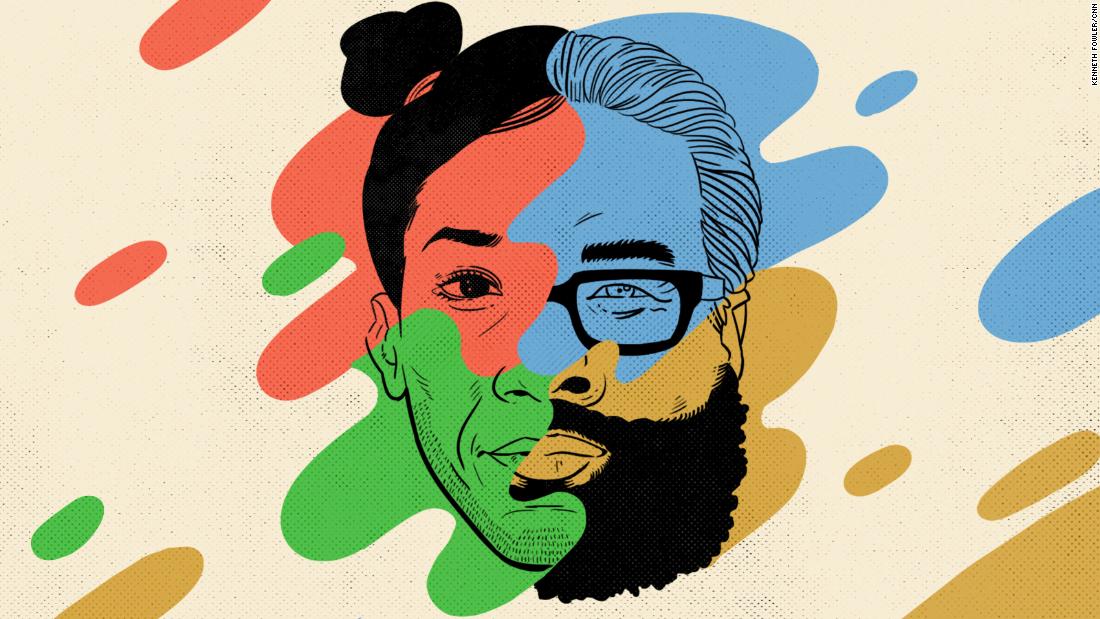The Anti-Black City: Police Terror and Black Urban Life in BrazilPosted in Anthropology, Books, Brazil, Caribbean/Latin America, Media Archive, Monographs, Politics/Public Policy, Social Justice, Social Science on 2018-03-16 02:49Z by Steven |
The Anti-Black City: Police Terror and Black Urban Life in Brazil
University of Minnesota Press
2018-02-13
320 pages
9 b&w photos
5 1/2 x 8 1/2
Paper ISBN: 978-1-5179-0156-1
Cloth ISBN: 978-1-5179-0155-4
Jaime Amparo Alves, Assistant Professor of Sociology and Anthropology
College of Staten Island of the City University of New York
also: Associate Researcher
Centro de Estudios Afrodiaspóricos of Universidad Icesi/Colombia
An important new ethnographic study of São Paulo’s favelas reveals the widespread use of race-based police repression in Brazil
While Black Lives Matter still resonates in the United States, the movement has also become a potent rallying call worldwide, with harsh police tactics and repressive state policies often breaking racial lines. In The Anti-Black City, Jaime Amparo Alves delves into the dynamics of racial violence in Brazil, where poverty, unemployment, residential segregation, and a biased criminal justice system create urban conditions of racial precarity.
The Anti-Black City provocatively offers race as a vital new lens through which to view violence and marginalization in the supposedly “raceless” São Paulo. Ironically, in a context in which racial ambiguity makes it difficult to identify who is black and who is white, racialized access to opportunities and violent police tactics establish hard racial boundaries through subjugation and death. Drawing on two years of ethnographic research in prisons and neighborhoods on the periphery of this mega-city, Alves documents the brutality of police tactics and the complexity of responses deployed by black residents, including self-help initiatives, public campaigns against police violence, ruthless gangs, and self-policing of communities.
The Anti-Black City reveals the violent and racist ideologies that underlie state fantasies of order and urban peace in modern Brazil. Illustrating how “governing through death” has become the dominant means for managing and controlling ethnic populations in the neoliberal state, Alves shows that these tactics only lead to more marginalization, criminality, and violence. Ultimately, Alves’s work points to a need for a new approach to an intractable problem: how to govern populations and territories historically seen as “ungovernable.”
Table of Contents
- Introduction: On Our Own Terms
- 1. Macabre Spatialities
- 2. “Police, Get off My Back!”
- 3. The Favela-Prison Pipeline
- 4. Sticking Up!
- 5. Bringing Back the Dead
- Conclusion: Blackpolis
- Acknowledgments
- Notes
- Index




